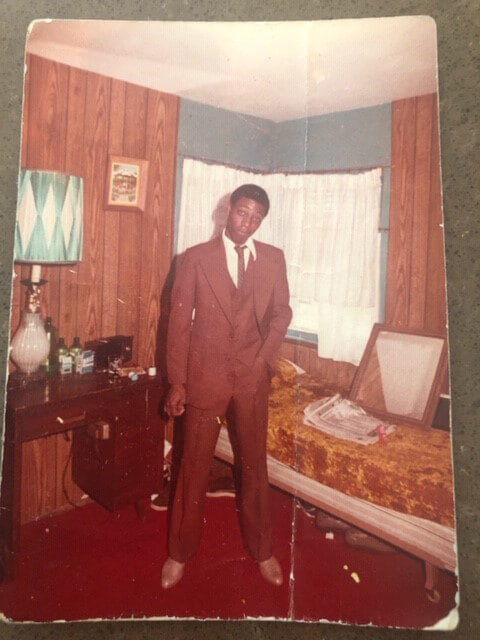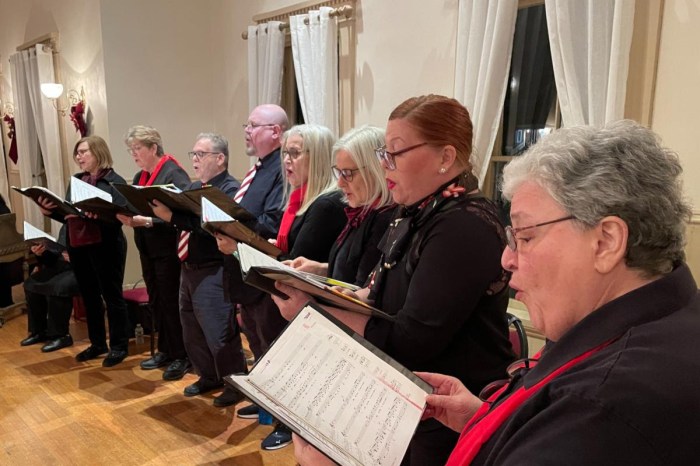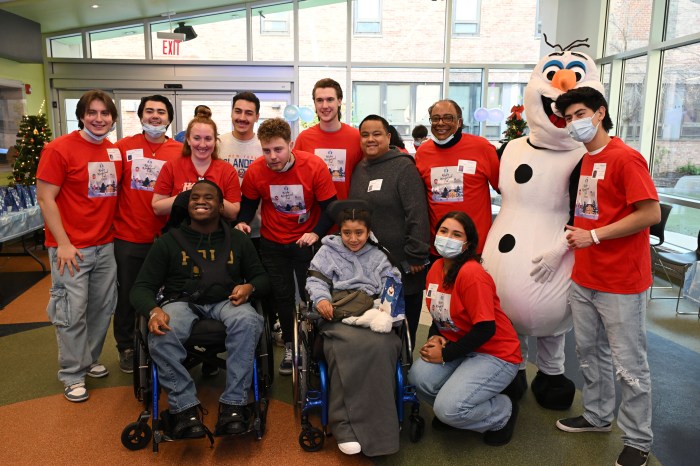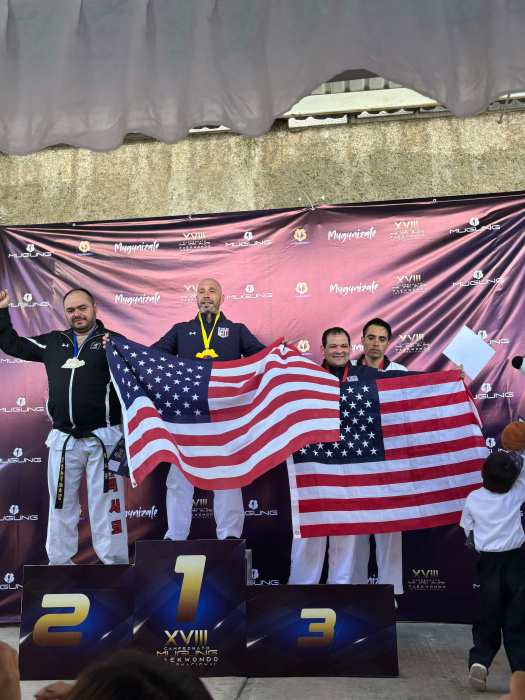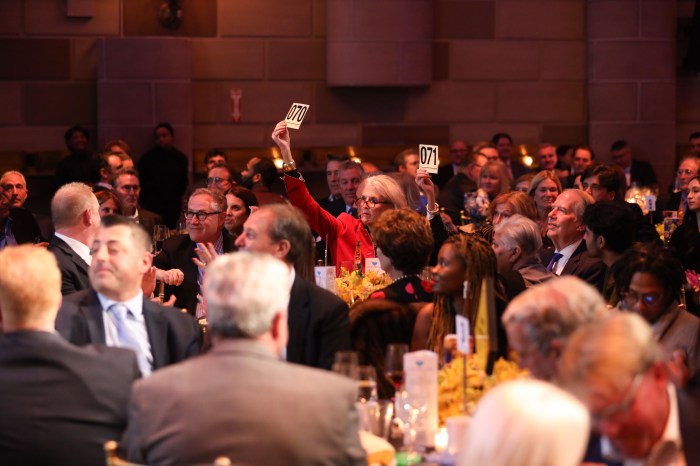A man convicted in a notorious Bayside murder case in 1993 will have a new day in court after a Queens judge ruled their may be new evidence that may exonerate him, according to attorneys at The Legal Aid Society.
Michael Robinson, 52, spent 26 years behind bars after he was convicted of stabbing his estranged wife, Gwendolyn Samuels, a home health aide who was caring for a patient, 89-year-old Elveina Marchon, at her home in Bayside.
New York State Supreme Court Justice Stephen Knopf ordered the hearing Wednesday morning into newly discovered DNA that may exonerate Robinson. At his 1993 trial, defense attorneys for Robinson argued that Samuels’ then-boyfriend had stabbed and murdered the victim.
The Queens District Attorney’s Office relied on the testimony of two witnesses: Marchon, who had significant vision problems and gave inconsistent accounts of the incident; and NYPD Officer Richard Saronka, who found Samuels’ body upstairs in Marchon’s Bayside home.
Saronka testified at trial that Marchon informed him that the killer was a tall black man.
During the lineup identification process, Marchon did not immediately identify Robinson and the NYPD acknowledged that only one other man in the lineup was roughly the same age as Robinson.
Samuels’ father Melvin, knew both Robinson and Samuels’ then-boyfriend and described the former as being broad and stout and the latter as a tall, thin black man. Despite an alibi defense presented through a number of family members; testimony about Samuels’ abusive relationship with her then-boyfriend; and conflicting testimony from Marchon about her relationship with Robinson, a jury convicted him of second degree murder.
On appeal and in post-conviction proceedings, Robinson filed various motions for relief in federal and state court. Those motions were denied. He also paid for, took and passed a polygraph examination concerning his involvement in the case.
In October, 2013, Robinson, acting without an attorney, sought post-conviction DNA testing of two blood samples recovered from the crime scene and the blood stains found on Gwendolyn Samuels’ sweater. The court rejected the motion without a hearing.
On appeal, Legal Aid began representing Robinson and persuaded the Appellate Division, Second Department that this ruling was in error.
The appellate court sent the case back to trial court “for further proceedings to ascertain whether the subject DNA evidence exists and, if it does, for forensic DNA testing of that evidence.”
After a series of hearings on the existence, location, contamination and testability of evidence in question, it was determined that the New York City Office of the Chief Medical Examiner was in possession of the materials being sought by The Legal Aid Society. OCME subsequently conducted the requested testing, comparison and analysis.
OCME did not find any male DNA on the sweater and other clothing items that were submitted, but did find testable genetic material under Samuels’ fingernail. OCME released the raw data and The Legal Aid Society contracted with Cybergenetics, a renowned and well-respected bio-information company, that concluded that a match between Robinson and the DNA sample found under the victim’s fingernail was “78.1 trillion times less probable than a coincidental match to an unrelated African-American person,” a result that should completely exonerate Robinson.
“The record in this case, the case-altering, exonerating DNA evidence, the unreliability of the sole identifying witness and Mr. Robinson’s compelling alibi, entirely undermines the foundation for the 1993 conviction,” said Harold Ferguson, staff attorney with the Criminal Appeals Bureau at The Legal Aid Society. “While we wish the court had granted our vacatur motion outright this morning, we are looking forward to a hearing that we believe will show beyond doubt that Mr. Robinson is completely innocent of this crime.”
The hearing will be held Sept. 18.
“DNA analysis of a mixture from fingernail 4 by the OCME determined the defendant in this case could not be included nor excluded as a contributor of the DNA sample,” a Queens DA spokesperson said. “The defense claims a private lab they retained came to a different conclusion. Furthermore, the defense has argued from virtually the outset of this case that another individual is the actual killer, however, the presence of this individual’s DNA is irrelevant since it is well established that the other individual – the woman’s then-boyfriend – was with the victim the morning before she was killed and thus even if it were his DNA there would be nothing unusual about that.”

